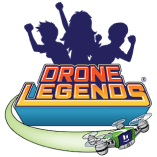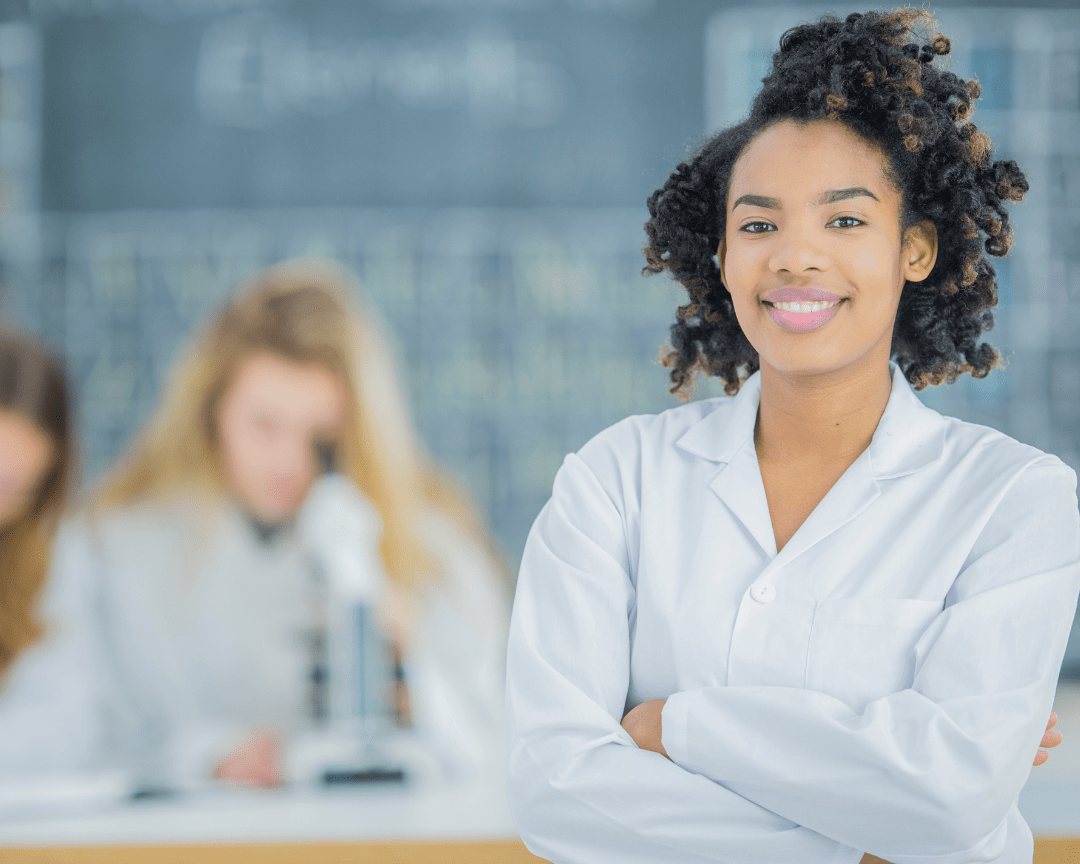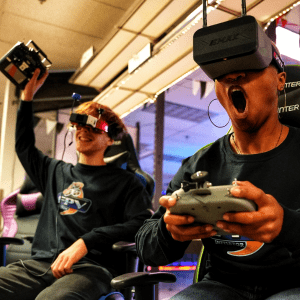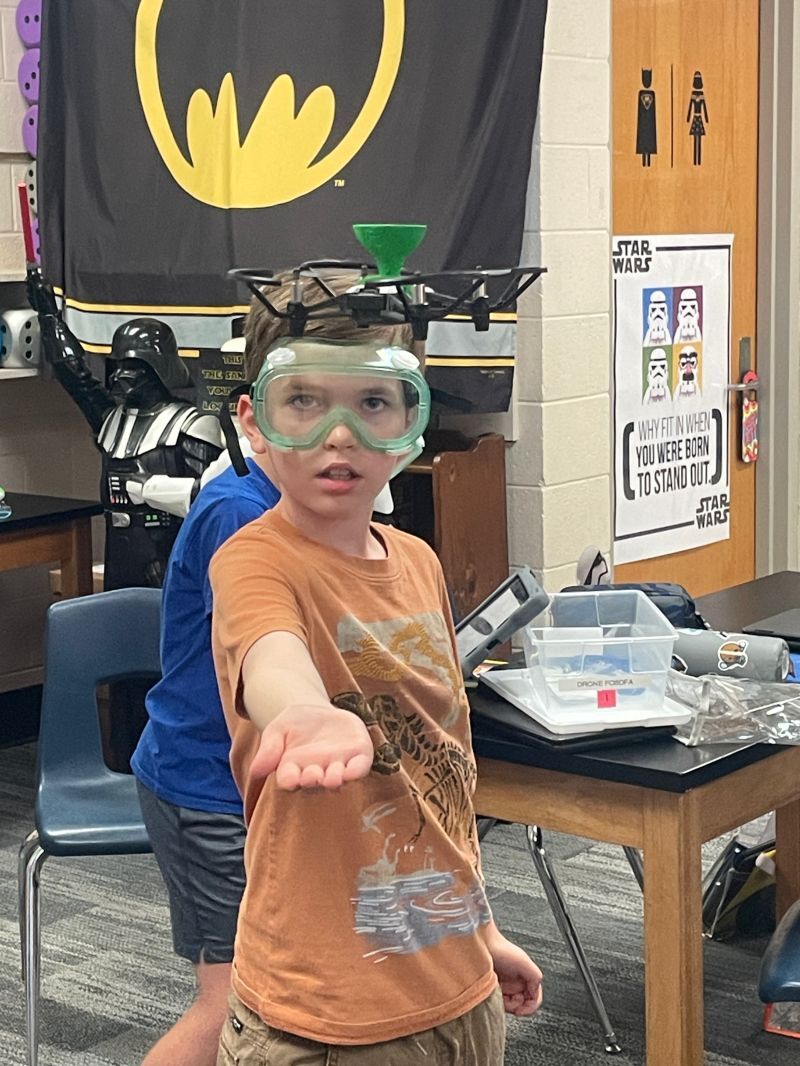Without females in science, we would not have the internet as we know it today. Or radiation treatment. Or an intricate knowledge of DNA. Despite being largely underrepresented in the sciences throughout history, it would be impossible to make a complete list of influential women in STEM (Science, Technology, Engineering, and Mathematics).
To shed some light on these powerful female legacies, we’re sharing our list in observation of Women’s History Month. Keep reading to learn about some of the most unforgettable minds: the famous (and sometimes forgotten) women in STEM.
Celebrating Women in STEM for Women’s History Month
There have been hundreds and thousands of smart, important women in STEM fields: many who changed history, and all who are worth remembering. If you’re used to imagining scientific breakthroughs involving men in lab coats or gathered around big computers, it’s time to re-imagine. Let’s travel back in time to get a clearer picture of STEM women who made big moves.
Ada Lovelace (1815-1852)
One of the first writers of computer programming was a woman. As the daughter of a famous poet (Lord Byron) and a math-loving mother, Ada received an education that presented her opportunities to work with machinery. When translating a complex paper on analytical engine calculations, she saw a way to expand the idea. With it, she created what is now cited as the very first computer algorithm.
Elizabeth Blackwell (1821-1910)
Elizabeth Blackwell was the first female in the United States to become a doctor of medicine (MD). Seeing the need for more women doctors, she spent her life treating patients and paving the way for more women in medicine. In 1957, she started the New York Infirmary for Women. She also authored several books to guide women receiving medical education.
Ana Roque de Duprey (1853-1933)
Botanist, geographer, and Puerto Rican suffragette Ana Roque de Deprey (nicknamed “Flor del Valle”, or Flower of the Valley) founded schools for girls at an early age. She published one of the most extensive books on flora in the early 20th century and her geography texts were eventually used by Puerto Rico’s Department of Education.
Nettie Stevens (1861-1912)
Former teacher turned scientific researcher, Nettie Stevens initially coined the theory of sex chromosomes. While the idea wasn’t embraced in science until years later, her work studying the reproduction of mealworms is now noted as one of the biggest discoveries in reproductive science.
Mary Engle Pennington (1872-1952)
You can thank this bacterial chemist for supermarket refrigeration and food transportation hygiene standards. Equipped with a PhD, Mary Engle Pennington worked with the USDA and led their Food Research Laboratory. She spent over four decades educating the public as well as government regulators on effective home and commercial food handling.
Lise Meitner (1878-1968)
The discovery of nuclear fission was awarded to a man named Otto Hahn in 1944, but unfairly. Lise Meitner, the second woman in the world to receive a doctorate in physics, deserved half the recognition. After World War II, she was nominated 48 times for a Nobel Prize in physics and is today known as the “mother of the atomic bomb”.
Lillian Gilbreth (1878-1972)
20th-century corporations received breakthrough management strategies thanks to engineer and psychologist Lillian Moller Gilbreth. Labeled “the genius in the art of living”, Gilbreth was the first recognized organizational psychologist. She was the first woman to join the National Academy of Engineering and taught engineering at Purdue University.
Edith Clarke (1883-1959)
Before there were computers, electrical engineers calculated mathematical equations to meet computing demands. Edith Clarke was the first woman to be employed as a professional for this role. She wrote a book on power systems and was a woman of many “firsts” in electrical engineering.
Katharine Burr Blodgett (1898-1979)
Wartime technology innovator and the General Electric research lab’s first female scientist, Katharine B. Blodgett contributed much to industrial chemistry. She invented non-reflecting glass and helped develop smoke screens and the Langmuir-Blodgett film. She was the first woman at Cambridge to receive a physics PhD.
Florence Seibert (1897-1991)
Florence Seibert graduated from Yale with a PhD in biochemistry. She taught pathology at the University of Chicago and University of Pennsylvania. Her most notable work is the invention of the tuberculosis test during the 1930s— the same TB test that is still used today.
Cecilia Payne-Gaposchkin (1900-1979)
The first person to complete a Harvard doctorate in astronomy was a woman: Cecilia Payne. In her thesis, she attempted to answer the question of what stars are made of, which she proposed an answer: hydrogen and helium. Her theory later proved to be correct and was a groundbreaking discovery in astrophysics.
Barbara McClintock (1902-1992)
In 1983, McClintock was the first female to win a Nobel Prize in Medicine without sharing the award with another person. She was recognized for her discovery of genetic transposons, or “jumping genes”. Today, her work still influences modern genetics and she’s remembered as one of the top geneticists to have ever lived.
Grace Hopper (1906-1992)
The “Queen of Code” Grace Hopper gave genius to the U.S. Navy and computer programming. From the 1930s to the 1980s, she advanced computer language, specifically COBOL, in military and business sectors. In 1992, President George Bush presented her with the National Medal of Technology, which is the highest award for tech and innovation.
Rachel Carson (1907-1964)
Her famous book Silent Spring gave Rachel Carson a historical reputation in environmentalism. She was a marine biologist and one of the first scientists to warn against toxic pesticides. Thanks to her book, the insecticide DDT was banned nationwide— a movement that helped spark the development of the EPA (U.S. Environmental Protection Agency).
Mollie Orshansky (1915-2006)
The data for poverty thresholds was created by a female statistician and economist, “Miss Mollie Orshansky”. The poverty threshold states the minimum annual income that allows someone to survive in society. Mollie worked for the Social Security Administration for many years and impacted public policy in America to help the poor. In 1976 she was awarded the Distinguished Service Award from the Department of Health, Education, and Welfare.
Ruth Rogan Benerito (1916-2013)
Praised for saving the cotton industry in the late 1950s, Ruth R. Benerito was an American physical chemist who invented wrinkle-free cotton. Ruth ended up owning 55 patents in the textile industry, including her famous wash-and-wear cotton made possible through a process called cross-linking.
Katherine Johnson (1918-2020)
African-American mathematician and Space Race scientist Katherine Johnson is one of the most influential women in NASA history. She calculated spacecraft flight paths as well as the trajectory of American space explorers, from Alan Shepard’s first visit to space to the Apollo 11 moon landing.
Rosalind Franklin (1920-1958)
The discovery of the DNA helix was wrongfully credited for years until justified recognition was given to Rosalind Franklin, who also played an important role in understanding RNA. Even though Watson and Crick still receive credit for DNA’s revelation, they would have never seen such a miracle if it wasn’t for Rosalind’s crystallographic evidence.
Mary Jackson (1921-2005)
Aerospace engineer and mathematician Mary Jackson was the first black female engineer to work for NASA. Before NASA was incorporated in 1958, Mary worked diligently at former NACA (National Advisory Committee for Aeronautics) to improve the development of its space program. She’s especially known for promoting women and minorities in science and engineering careers during the civil rights movement.
Virginia Holsinger (1937-2009)
Virginia Holsinger was a leading food researcher at the USDA (Department of Agriculture). From the 1960s to the 1980s, she specialized in dairy industry breakthroughs. She invented Lactaid, a product that helped lactose-intolerant people easily digest lactose. Her other invention of dehydrated milk powder allowed lactose-sensitive soldiers to eat packaged food while in the field.
Sally Ride (1951-2012)
The first American woman to enter space, Sally Ride inspired many girls to pursue STEM and astronomy. She controlled a manual robotic arm on her shuttle missions, helping put satellites in space. Sally was inducted into the Astronaut Hall of Fame in 2003.
There are countless other women who deserve a standing ovation for leaving their mark on scientific history. To dive deeper into the female legacy in STEM, check out the Library of Congress’ extensive list of history books on women in science.
Modern Women in STEM
Women continue to pave the way for future generations of STEM leaders today. Some names you may have heard about, others you may be unfamiliar with— either way, here are a few inspiring females of the modern sciences.
Antonia Novello (1944-Present)
Antonia Novello is a Puerto Rican medical doctor specializing in phrenology (the study of kidneys). After coming to the U.S., she contributed to public health, pediatrics, AIDS research, and kidney transplants with a focus on bringing more empathy to medicine. In 1990, she was the first woman and the first Hispanic to be appointed Surgeon General of the U.S.
Lydia Villa-Komaroff (1947-Present)
During her doctoral research in 1978, Lydia Villa-Komaroff discovered how bacteria could be genetically engineered to produce human insulin. This was a major milestone in molecular biology and helped solve the global struggle of obtaining insulin for diabetes treatment. Today, she is still active in research and advocates for more diversity in STEM.
Maria Klawe (1951-Present)
Canadian computer scientist Maria Klawe is known for her teaching and influence of women in present STEM programs. She’s the former professor of engineering and computer science at Princeton. After spending nearly a decade researching with IBM, she’s now president of Harvey Mudd College and a member of the American Association for the Advancement of Science.
Adriana Ocampo (1955-Present)
Adriana Ocampo is a planetary geologist from Columbia. Based on her research, the discovery of the Chicxulub impact crater was made in the 1970s— the meteor that likely ended the dinosaurs. Today, she helps manage the Science Program at NASA and leads their robotics missions. In 2015, Adriana was named one of the Top 50 most important women in science.
Mae C. Jemison (1956-Present)
Mae Jemison was the first African-American woman to travel into space in 1992. With a background in chemical and biomedical engineering, Mae worked as a mission specialist with NASA after serving the Peace Corps in the 80s. She’s a popular role model for STEM-interested girls and women around the world.
Sylvia Acevedo (1956-Present)
One of the first Hispanic graduates of engineering from Stanford, Sylvia Acevedo is known for her accomplishments in STEM and business. She worked at NASA’s Jet Propulsion Lab and was part of the Voyager 2 team. Also former CEO of Girls Scouts USA, Sylvia advocates for the STEM education of young people today.
Ellen Ochoa (1958-Present)
Ellen Ochoa is a female engineer and astronaut who was part of the space shuttle Discovery mission in 1993. During her career, she was an inventor, research engineer, and the first Hispanic woman to visit space. Today, she’s a director of NASA’s Johnson Space Center.
Eva Galperin (?-Present)
One woman combatting malware and spyware today is Eva Galperin. She’s the director of cybersecurity at the Electronic Frontier Foundation (EFF). Eva writes security materials that work to eradicate “stalkerware”— a type of spyware often used by domestic perpetrators to track and manipulate victims.
Dyan Gibbens (?-Present)
Dyan Gibbons is a female leader in drone and stealth aviation technology. She was named one of the top women shaping the drone industry by Fortune in 2015 and has served on White House drone initiatives. She speaks globally on cyber and data security regarding unmanned robotics and aircraft systems.
Female Organizations in STEM: Then and Now
It takes great minds working together to create programs that help educate STEM students of the future. Organizations are sometimes just as influential as people making history, so it’s important to mention some female-oriented STEM groups in our list as well.
The Mercury 13
While not an official organization, the Mercury 13 was a group of thirteen women who passed the same rigorous physiological testing required for the men of Project Mercury. Although these women never made it to space (with the exception of Wally Funk at the age of 82), they lobbied Congress to include females in NASA’s astronaut program and inspired many women to pursue space exploration in the 60s-80s.
The ENIAC Programmers
The first electronic programmable computer in 1945, the ENIAC (Electronic Numerical Integrator and Computer) was made possible by six female programmers who received no credit once it was announced. In 1985, data security programmer and attorney Kathy Kleiman discovered stories of the ENIAC Programmers, and wrote about these women’s roles in computing for her Harvard undergraduate thesis. Their forgotten stories inspired Kleiman to produce a documentary.
Sigma Delta Epsilon Graduate Women in Science
Now known as the Graduate Women in Science (GWIS), Sigma Delta Epsilon started as an international organization for female scientists. It was founded in 1921 at Cornell University. Today, the fellowship continues to provide financial and career support to women pursuing STEM.
National Girls Collaborative Project
The NGCP is a network of organizations and groups that encourage girls to pursue studies in science. For over 20 years, the project has connected sharp young minds with groundbreaking initiatives to further STEM education, career development, and advocacy. Their mission: “Connect, create, and collaborate to transform STEM for the youth.”
Women in Engineering Proactive Network
WEPAN has been a women-centered catalyst for change in the field of engineering for over three decades. The non-profit expands opportunities for women and minorities in education and has over 700 members from Fortune 500 companies, engineering schools, and worldwide businesses.
Scientista
A network for pre-professional women in science and engineering, Scientista builds bridges for female students interested in STEM careers. From scholarships to campus-specific community gatherings, they aim to uphold one of the nation’s strongest networks of women to complete the pipeline of STEM education. Through conferences and online courses, Scientista gives resources that empower women to use their minds— and their voices— in science today.
Association for Women in Science
Founded in 1971 through the Federation of American Societies for Experimental Biology, AWIS helps women overcome discrimination in the STEM field. Promoting systemic change and combatting a professional divide, AWIS gives women around the world new opportunities to lead, impact, research, and solve problems in science.
Girls Who Code & Women Who Code
High-paying coding jobs aren’t reserved for the men of Silicon Valley anymore— women and girls are taking the lead. To help close the gender gap in programming technology, two non-profits are equipping young women to obtain advanced computing skills that land great jobs. Women Who Code was created in 2011, and continues to provide free publications, study groups, and technology events worldwide. Girls Who Code began in 2012 and offers annual summer immersions, after-school programs, and book clubs for schools in the U.S.
Black Girls Code
Biotech expert Kimberly Bryant stepped up to widen the path for women of color in technology when she realized her daughter was the only black girl in STEM programs. Partnering with Nike to educate people on technology’s role in sports and activism, Kimberly aims to promote more girls in the coding community of the future. Black Girls Code has helped over 20,000 young women find their place in STEM and expects to train 1 million girls by 2040.
Drone Legends: Supporting Girls in STEM
Drone Legends is all about supporting the Legend in all of us, and women in STEM/girls in STEM is a core part of our mission. Check out the latest on our blog: Girls and Drones, and contact us if you’re interested in bringing the magic of drones to a school, afterschool, enrichment program, or camp near you!




